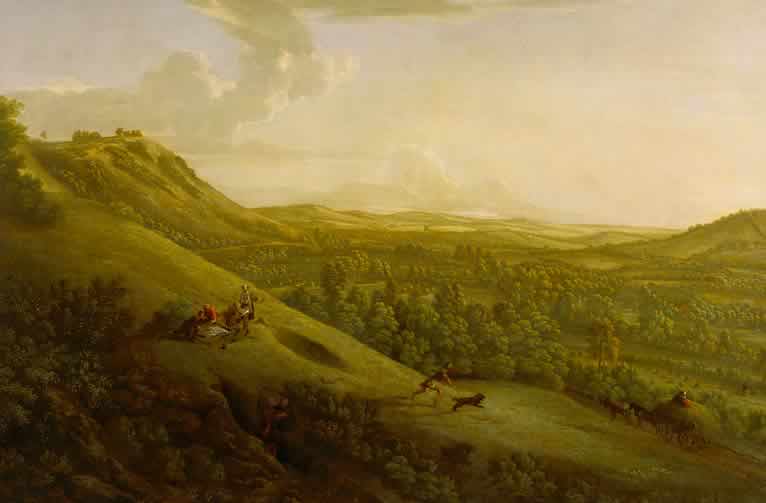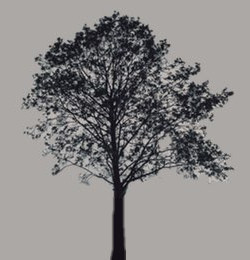28 November 1817: Endymion’s Completion & the Truthful Imagination: Advancing Poetics via an Advanced Philosophy
Dorking and Burford Bridge
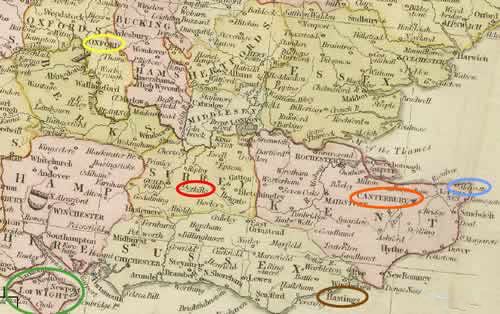
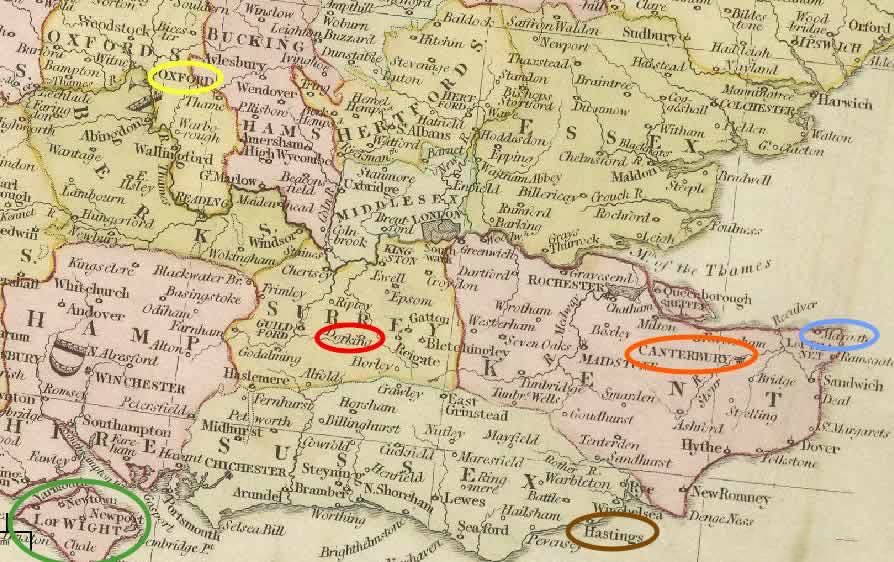
The Fox and Hounds Inn, Burford Bridge, Surrey, two miles north of Dorking: Here,
at the
historic inn at the base of Box Hill (which Keats climbs), Keats completes a first
draft of
Endymion: he
writes Burford Bridge Nov 28. 1817
at the bottom of the completed draft. (The Fox and
Hounds is now the Mercure Box Hill Burford Bridge Hotel—offering, today, the finest British
cuisine the region has to offer.
Box Hill is also noteworthy for its plotful importance
in Jane Austen’s Emma, published 1816.) Keats has been at
Burford Bridge since 22 November, with a room that overlooks some gardens. He is back
in
Hampstead toward the end of the first week of December. Keats has just turned twenty-two.
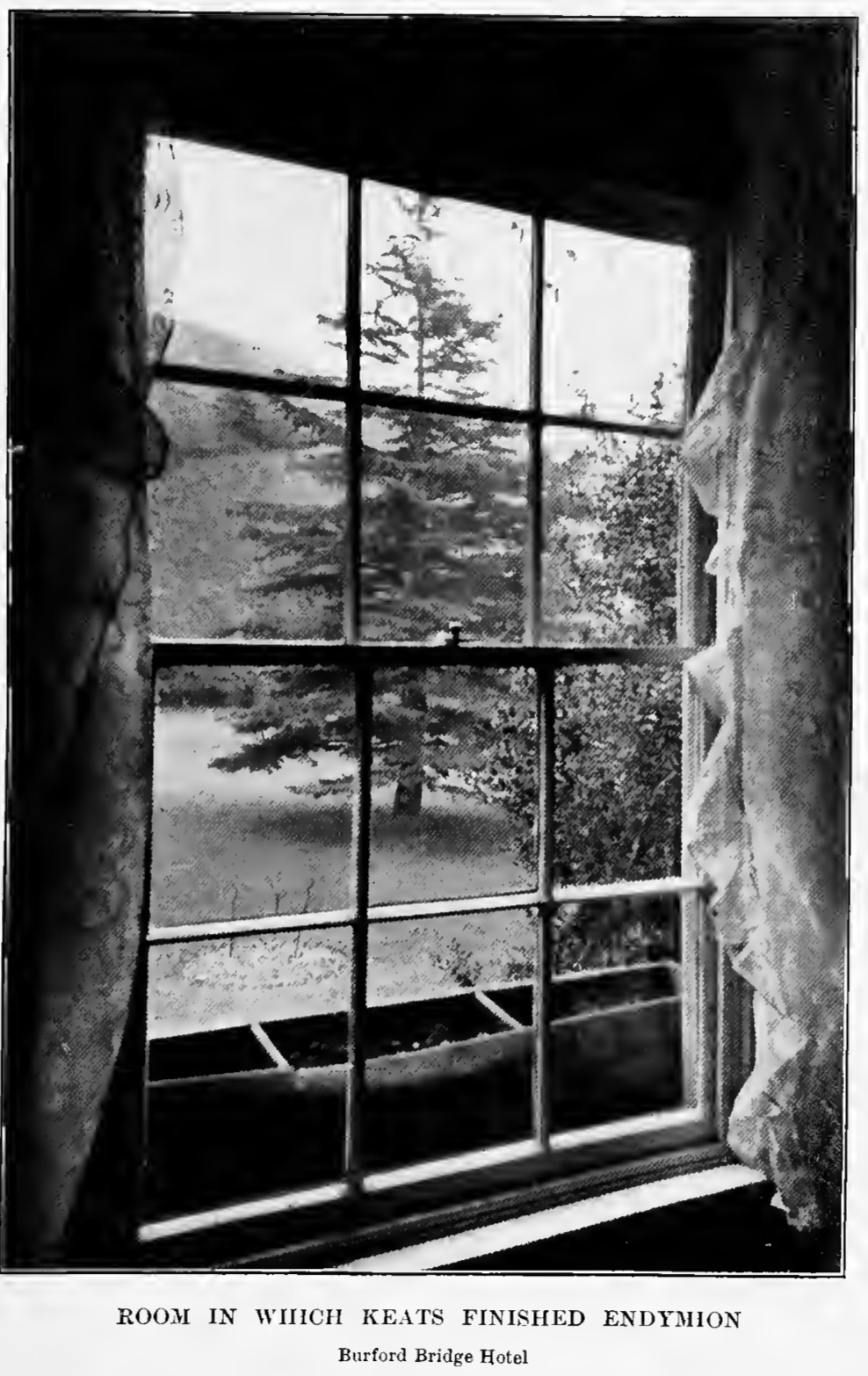

It takes Keats about seven months to draft the 4,000 or so lines of what he calls
his
trial
poem, having begun Endymion toward the end of April 1817.
Between January and March 1818, he copies out the poem, revising and correcting as
he goes.
The poem is published the final week of April 1818 by Taylor & Hessey, who also publish
his final 1820 volume and assume rights to his first volume, Poems, by
John Keats. Writing Endymion is important; but, for
Keats, critically understanding its limitations and faults is far more important.
As a kind of
experiment, it fails, though for Keats it represents something to learn from and to
leave
behind; as a test of endurance, it passes.
While in Burford Bridge, and upon completing this first draft of Endymion, Keats writes a minor but interesting poem, in that, stylistically and thematically, it goes in two directions: one that points to better poetry, and one that harks back to more immature verse. The poem is In drear nighted December, and while it toys with repetitive rhymes (for example, feel it/heal it/steal it), with its fairly concise lyrical exploration of loss, forgetting, and feeling, and with its use of less strained tropes from the natural world, it anticipates more profitable composition than the too-often digressive Endymion.
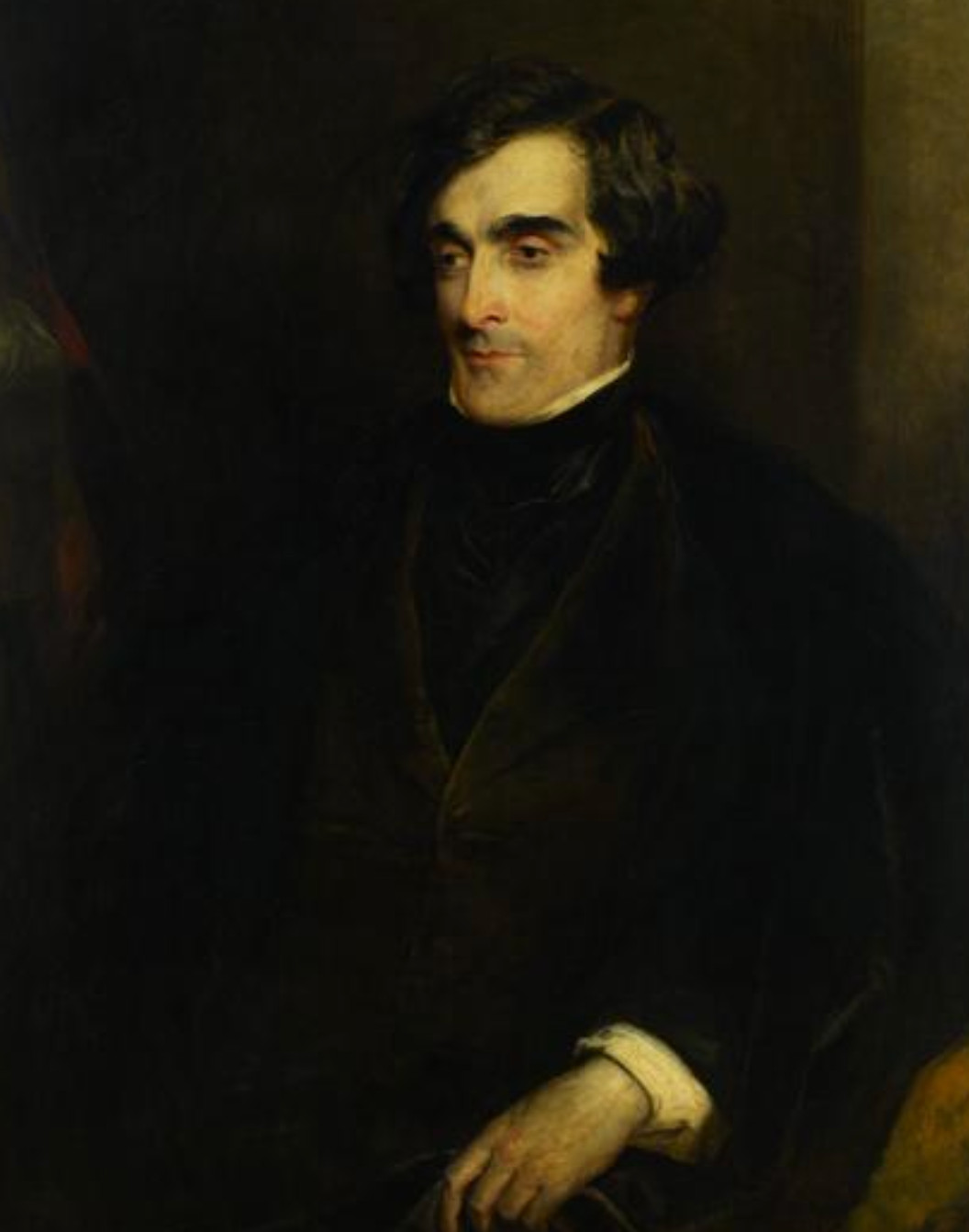
Z(John Gibson Lockhart), by R. S. Lauder, 1842
During this month, Keats will have seen that Leigh
Hunt, his friend and former mentor, as well as editor of the independent Examiner and someone with whom Keats has become strongly
affiliated, has been pummeled in Blackwood’s Edinburgh
Magazine—a flaming attack,
Keats calls it (letters, 3 Nov). Keats believes
that he, too, will soon be equally abused by Z,
the anonymous reviewer we now know to
be John Gibson Lockhart (in 1820 Lockhart
marries the eldest daughter of Sir Walter Scott,
thus suggesting the degree of Lockhart’s establishment connections). The attack on
Hunt is the
first we hear of the Cockney School of Poetry,
of which Hunt is proclaimed as its
overseer. Keats is right about condemnation by association, though it takes Lockhart
a while
to get to Keats: in the fourth installment of the eight attacks on the Cockney School
(the
August 1818 number), Keats’s character and poetry are at length described has being
thoroughly
infected by Hunt’s poetry, politics, and pretensions. At least on the poetry, Z is
generally
right: Keats in his early poetry has, indeed, often adopted the loose, nerveless
versification, and Cockney rhymes
of Hunt, something also noticed by friendly reviewers.
Keats will consciously shake off most the Huntian characteristics in the course of
his poetic
progress.
On 22 November, as Keats closes in on completion of that first draft of Endymion, he writes a terrific and terrifically important letter to
Benjamin Bailey, with whom he stays at Oxford
during September. The letter (which seems to react to and differ from Bailey’s ideas)
importantly anticipates some of Keats’s most important poetics—in particular, ideas
about the
camelion
poet, negative capability, the poetical character, the relation of beauty and
truth—which in turn anticipates the quality of the poetry that begins to evolve in just
about a year. With Bailey, who is a scholar well versed in both philosophy and literature,
Keats feels intellectually close enough to open himself up to speculate on the interrelated
subjects of genius, imagination, perception, sensation, thought, beauty, and truth.
He
attempts to understand the nature of his own character in the context of other men of
genius,
and he concludes that a determined character is impossible for such people; he
is, of course, thinking as much of himself as anyone else.
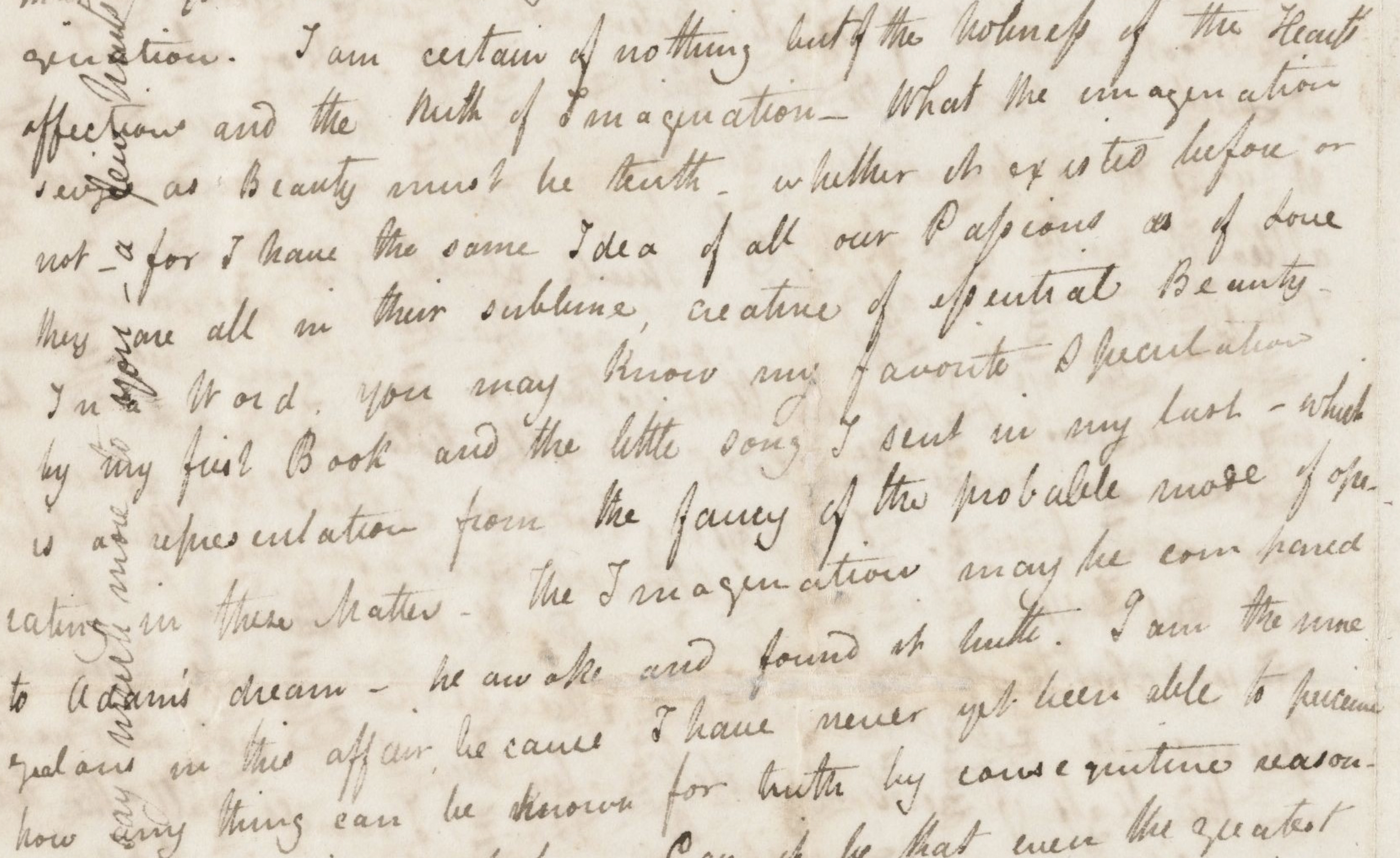
For Keats, the authenticity of the Imagination
is a way to truth, and in fact is its
own truth (and here he differs from Bailey): what is perceived and experienced can,
with
imaginative capabilities through sensations and empathy, come to be even more finely
conceived, recalled, and represented—and this is what Keats hopes he will be able
to capture
in his poetry. The imagination, Keats begins to see, operates very differently than
rationale
or consecutive thinking. Writes Keats, I have never yet been able to perceive how any thing
can be known for truth by consecutive reasoning—and yet it must be so.
To take part in
existence, it is not knowledge or reasoning that connects us, but rather the ability
to go out
of the self into what exists, and the imagination facilitates such an essential participation
into the life of things. O for a Life of Sensations rather than of Thoughts,
he pleads.
A complex mind
would be one both imaginative yet constrained, and able to exist
partly on sensation [and] partly on thought.
The end result would be the growth of
the philosophic mind,
which is no doubt an echo of William Wordsworth’s great proclamation of the restorative
strength that comes from accepting the meaning of human suffering and death (in Wordsworth’s
Immortality Ode). Here, then, we catch an early glimpse of Keats as philosopher: truth
operates deeply and with a deep, unresolvable paradox that knowing and not-knowing
can only be
held simultaneously by the operation of imaginative capabilities.
This letter of 22 November, then, signals Keats’s rapidly advancing poetics, which in turn advances his poetic progress. That is, the development of Keats’s poetics inevitably precedes his poetic development. The relationship of sensation and thought becomes particularly challenging for Keats to grasp, where the two not just coexist and intermingle but are necessarily indistinguishable as a condition—or maybe the condition—for great art and poetry. While sensation might solicit excess, thought might finely constrain that excess.
Keats now anticipates a time when Endymion will be behind him as he prepares to compose a very different kind of poetry propelled by very different motivations—and very different outcomes. As his preface to Endymion makes clear, he is very conscious of developing a mature, capable imagination.
